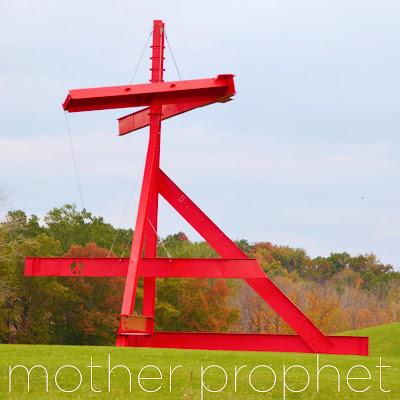How to better welcome the New Year but with the Creation Story!
This time we will read and rejoice in the creation story from the Gospel of John - the opening hymn about the divine Word which formed and shaped, created and saved the world.
Almost everyone is familiar with the creation in six days while ignoring a wide and wild variety of biblical creation stories (by fight, procreation, craft...). Probably most neglected and least recognized as such are the New Testament creation stories.
The opening hymn of the Gospel of John (1:1-16) is just one of them. Then there is Luke’s summary of Paul’s sermon in Athens (Acts 17:22-29), another Early-Christian hymn in the epistle to Colossians (Col. 1:15-20) or an apocalyptic vision of the new Creation at the end of the book of Revelation (Rev.21).
These Early Christian Creation Stories are mutually quite diverse, but they have one in common: they take seriously their contemporary intellectual and social milieu, and they express their Christian faith in their current idioms.
I just wonder whether and how would they be inspired and how would they incorporate our current expanding world-view? How would they integrate faith and for instance the Star Nursery LH95 from the Large Magellanic Cloud or the ever growing number of planets orbiting other stars and growing certainty of other worlds with extraterrestrial life?
We will welcome the New Year 2016 by asking, celebrating and rejoicing in these great questions of the ongoing, unfolding, Creation/Salvation Story.
This time we will read and rejoice in the creation story from the Gospel of John - the opening hymn about the divine Word which formed and shaped, created and saved the world.
Almost everyone is familiar with the creation in six days while ignoring a wide and wild variety of biblical creation stories (by fight, procreation, craft...). Probably most neglected and least recognized as such are the New Testament creation stories.
The opening hymn of the Gospel of John (1:1-16) is just one of them. Then there is Luke’s summary of Paul’s sermon in Athens (Acts 17:22-29), another Early-Christian hymn in the epistle to Colossians (Col. 1:15-20) or an apocalyptic vision of the new Creation at the end of the book of Revelation (Rev.21).
These Early Christian Creation Stories are mutually quite diverse, but they have one in common: they take seriously their contemporary intellectual and social milieu, and they express their Christian faith in their current idioms.
I just wonder whether and how would they be inspired and how would they incorporate our current expanding world-view? How would they integrate faith and for instance the Star Nursery LH95 from the Large Magellanic Cloud or the ever growing number of planets orbiting other stars and growing certainty of other worlds with extraterrestrial life?
We will welcome the New Year 2016 by asking, celebrating and rejoicing in these great questions of the ongoing, unfolding, Creation/Salvation Story.





































